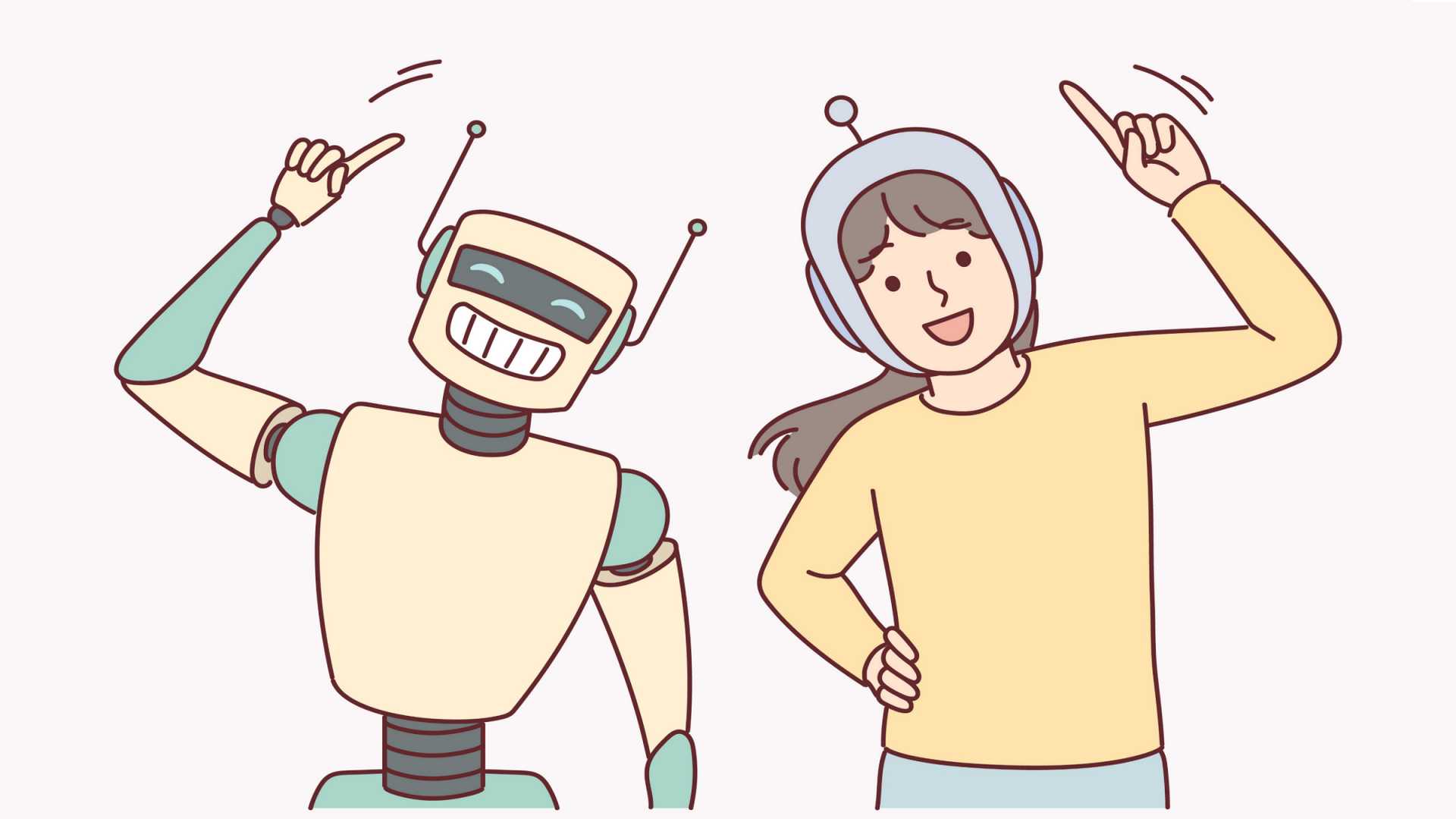News
Teens Turning to AI Companions for Social Support

PHILADELPHIA, Pa. — A new survey shows nearly three-quarters of teenagers have interacted with AI companions, raising concerns about the effects on their social development.
According to a report by Common Sense Media, 72% of teens aged 13 to 17 have used these digital characters for advice and connection. The survey, which included over 1,000 participants, found that over half rely on AI companions regularly for social interactions.
Sixteen-year-old James Johnson-Byrne turned to an AI for help when his friends argued. The AI suggested separating the friends, which resolved the immediate conflict. However, Johnson-Byrne expressed concern, stating, “AI can’t find the deeper issue,” leading him to feel uneasy about such interactions.
Many teens reported that chatting with AI is equally or more satisfying than speaking with friends. The research indicated that 33% of respondents discussed serious topics with their AI companions over human interactions.
Lead author Michael Robb of Common Sense Media warned that while AI companions may provide fleeting comfort, they do not model healthy human relationships or social cues essential for emotional development.
“AI companions are programmed to be agreeable,” Robb noted. “If teens become used to being affirmed by an AI, they may struggle with real-world interactions.”
One worrying finding is that 24% of teens admitted to sharing personal information with these AI companions, potentially exposing themselves to privacy risks. Robb emphasized the need for awareness about the data sharing involved when conversing with AI platforms.
As discussions about the impact of AI on youth continue, experts suggest parents engage in conversations with their teens about these companions. Robb recommends approaching the topic without judgment, highlighting the differences between real friendships and AI interactions.
Chelsea Harrison, head of communications at Character.AI, acknowledged the importance of clear disclaimers that the digital characters are not real and emphasized their commitment to safety features aimed at protecting younger users.
Robb concluded that as technology evolves, parents must remain vigilant in ensuring that their children develop healthy relationships and understand the role of technology in their social lives.












